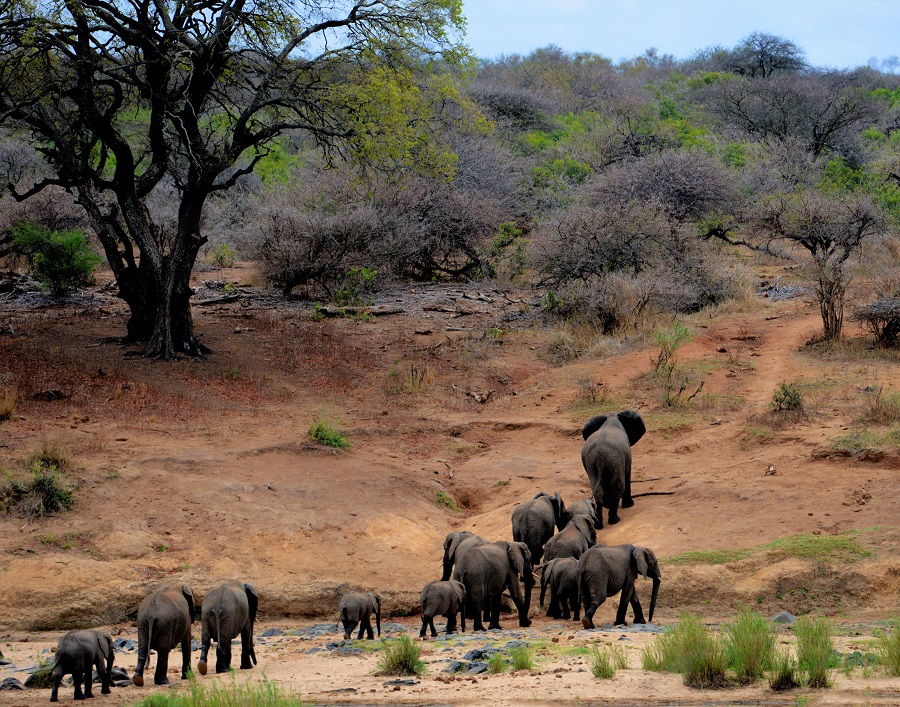Africa is home to the world’s largest intact ecosystems, nearly a quarter of the world’s biodiversity including iconic animal species.
At the same time, it’s also home to incredible human diversity, with a population of 1.2 billion people speaking nearly 2,000 different languages, booming cities, and the world’s fastest-growing middle class.

The challenge for the future will be how to advance economic growth and human development while preserving the conservation of these unique ecosystems. Although African countries have had average annual GDP growth of almost 9 per cent in recent years, 47 per cent of the population in sub-Saharan Africa still lives in poverty.
THE ADVANTAGE OF STARTING FROM SCRATCH
In Africa, 60% of people lack electricity and in many countries, 75% of the population does not have access to clean water, so it is clear that they are starting from scratch in the use of energy.
This situation is both a huge challenge and an opportunity, as there is no basic structure.
In addition, it is estimated that the continent’s population will double by the middle of this century, so the demand for food and water will increase and energy production will have to expand rapidly to maintain this level of economic growth and lift more people out of poverty.
African governments and leaders must develop strategies that boost economic growth and energy use while conserving natural capital and biodiversity.
They currently have less than 60 per cent of the infrastructure needed to meet the energy needs of the African continent; Billions of dollars of capital will need to be raised and mobilized in several dozen countries, each with its own goals and priorities.
Clear support for business development in Africa is key to making these strategies a reality as soon as possible. Such development must be carried out at all levels and involve multinationals as well as local companies and entrepreneurs and the support of supranational entities, countries and companies that allow the necessary financing. From aid programs to microcredits.
MAKING A STRONG COMMITMENT TO LOW-CARBON RENEWABLE ENERGY
Much of Africa’s energy needs can be met through the development of low-carbon renewable energy.
Indeed, Africa has an opportunity today, before energy development plans are completed, to ensure that new energy infrastructure is largely renewable, planned at the system scale, and implemented in a way that serves communities while protecting wildlife. Africa can teach the rest of the world how to achieve proper energy development.
HARNESSING HYDROPOWER POTENTIAL
The need for low-carbon energy needs to be balanced with the preservation of the intact rivers on which both people and nature depend.
By planning and managing system-scale hydropower projects (in the context of the entire river basin), these negative impacts can be reduced and hydropower dams can be ensured to achieve their full potential contribution to a country’s strategic energy and water objectives. Building a smart and climate-friendly energy infrastructure.
On the other hand, system-scale planning can improve the efficiency of water services other than energy production and reduce the risks of negative environmental and social impacts, thus avoiding subsequent delays, cost overruns or even project cancellations. The Nature Conservacy is currently working with the governments of Gabon and Guinea to implement this approach, known as Hydropower by Design.
BETTING ON DISTRIBUTION MICROGRIDS
Energies such as solar and wind can be a solution to the difficulties of creating a distribution network due to the instability or non-existence of baseline networks in Africa. These energies emit electrify remote villages and thanks to improvements in storage technology, continuous service can be provided using 100% renewable energy.
You’re often plugging into a structure that is unreliable, has limitations, and may not be able to cope with the growing challenge of balancing the grid that comes from solar, wind, or hydro generation. The lack of a sufficiently useful utility-scale network in Africa has forced the search for off-grid solutions, such as microgrids. The initial idea is to work with microgrids, i.e. decentralized solutions on a smaller scale.
There is no one-size-fits-all solution to Africa’s complex energy needs. Options should be tailored to each region and country and should include energy efficiency in households and industry, improved technology for use in the home and industry, greater diffusion of renewable energy resources and technologies, and the development of diverse energy sources.
The continent can no longer afford setbacks in development; Political will at the local level and technical and financial support at the global level are needed to set priorities to optimally address the main needs of Africans.